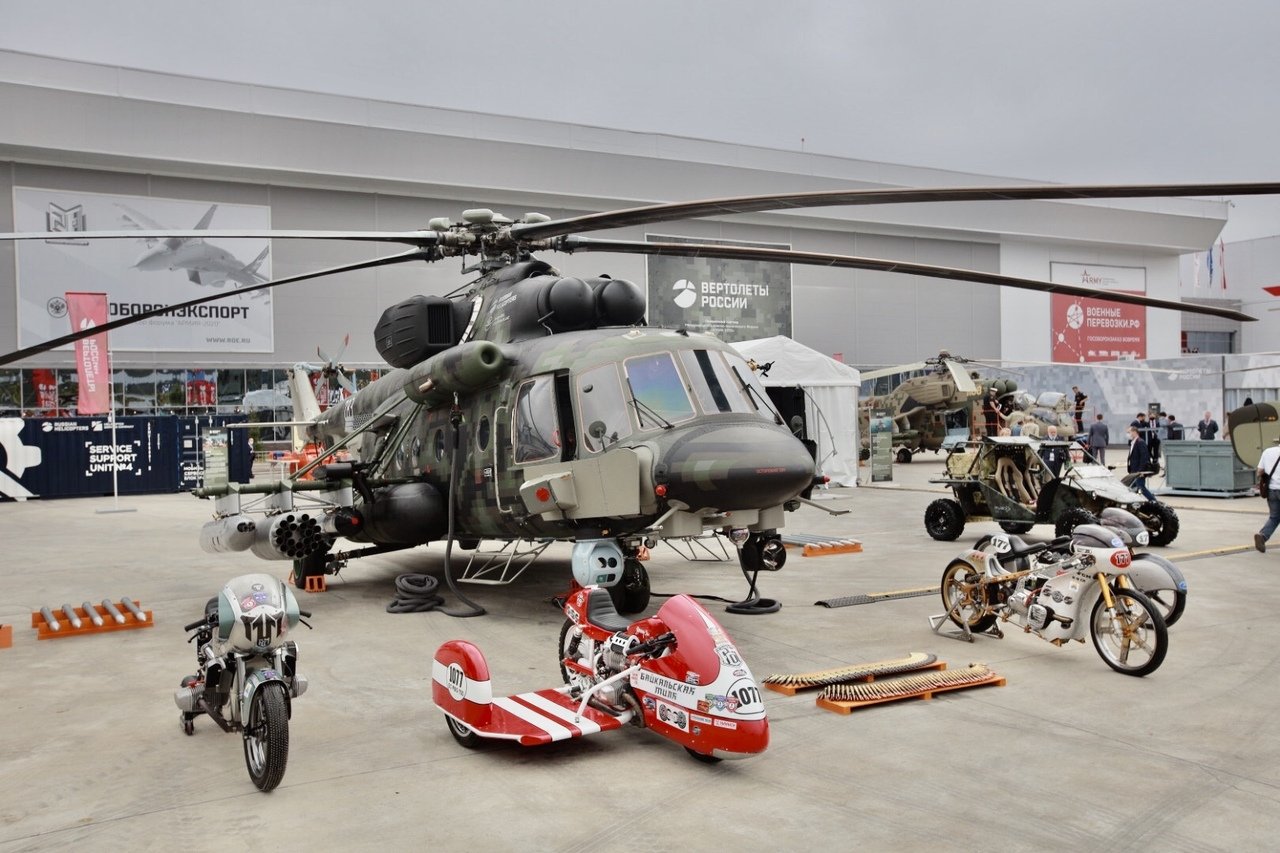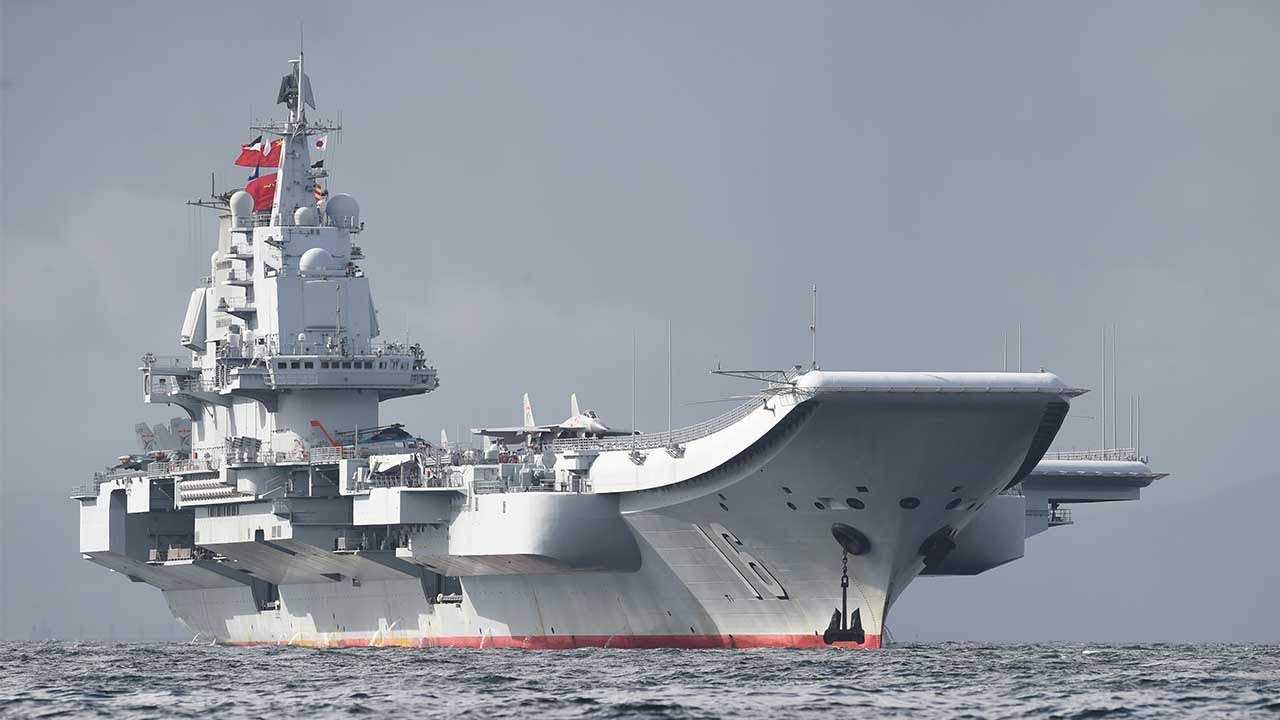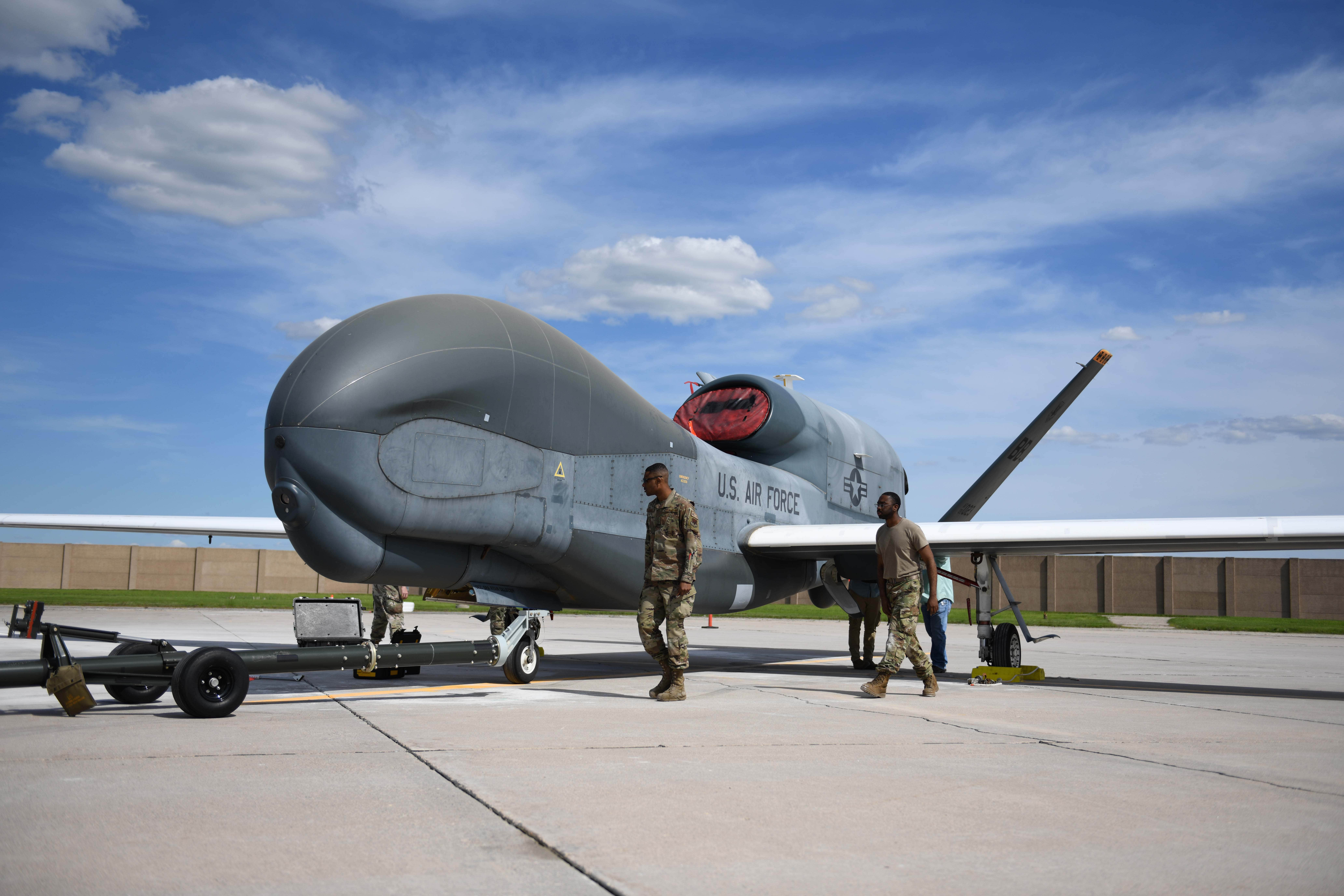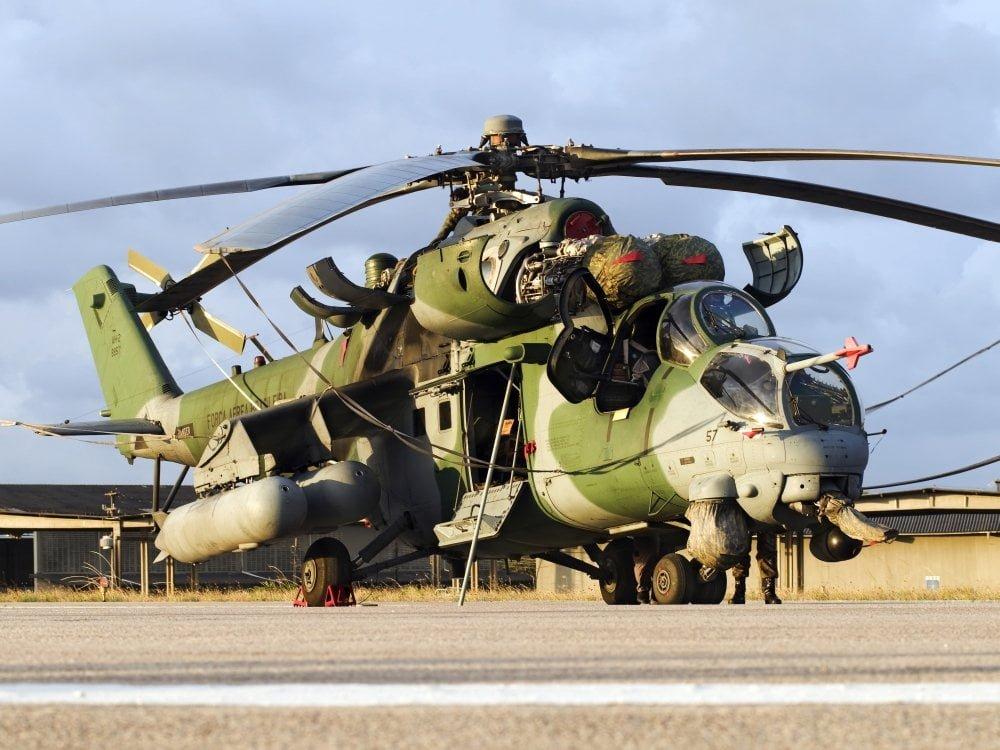Ukraine’s air defense system is facing a critical challenge, as leaked Pentagon documents suggest that it may be unable to counter the threat posed by Russian warplanes in the near future.
The documents reveal that Ukraine’s armament reserves are rapidly depleting, which could leave its air defense system vulnerable to Russian attacks. This development underscores the urgent need for Ukraine to bolster its defense capabilities to protect its critical infrastructure.
This comes at a time when Poland has been granted permission by Germany to send five Mikoyan MiG-29 fighter jets to Ukraine.
On April 13, Germany approved Poland’s request to send five MiG-29 fighter jets to Ukraine. Poland acquired 22 MiG-29s from Germany in 2003, which were initially part of the East German military.
But, transferring these fighter jets to any third-party requires prior approval from Germany, which was granted in this instance to support Ukraine’s defense capabilities.

Poland and Slovakia agreed to deliver about two dozen MiG-29s to Kyiv. In March, Ukrainian authorities reported that the first Slovakian jets had already engaged in battle in the Kharkiv area.
Although the arrival of the Mikoyan MiG-29 fighter jets from Poland will provide Ukraine with additional air power, it will unlikely alter the outcome of the ongoing aerial conflict with Russia.
Ukraine and its allies are reportedly struggling to obtain more ammo for Ukrainian air-defense weaponry, which has been essential in preventing Russia’s aircraft and missiles from being able to attack.
Due to each side’s air defense systems preventing the other from attaining air superiority, the usage of Russian and Ukrainian jets over the battlefield is still somewhat limited.
During an event hosted by the Mitchell Institute for Aerospace Studies on March 22, General James Hecker, the commander of US Air Forces in Europe, stated that the Russian and Ukrainian forces’ integrated air and missile defense is functioning effectively. He added that they could even shoot down each other’s aircraft.
He explained that having more aircraft would allow Ukraine to approach the battlefield from different directions, making it more challenging for Russia.

Ukraine’s Air Defences Could Run Out Of Missiles
According to recently leaked classified documents from the US Defense Department, American authorities are worried Kyiv will run out of air-defense equipment and ammunition by late spring or early summer.
One leaked document, marked as top secret and dated February 23, contains a summary stating that Ukraine’s existing air-defense strategy aims to allocate its limited resources to protect critical national infrastructure, population centers, frontline troops, and other essential assets.
It is reported that Soviet-designed Buk and S-300 systems comprise 89% of Ukraine’s defense systems against targets above 20,000 feet.
The leaked document indicates that, based on the expenditure rate at the time, Ukraine’s Soviet-era S-300 air defense systems would be exhausted by May 2. It is unclear whether the usage rate has since changed.
Systems like the outdated SA-3s from the Soviet era or the NASAMs provided by Western countries are insufficient in quantity and incapable of matching the intensity of attacks.

Stinger missiles and Gepard cannons, two of the short-range air defense systems provided by the West, can minimize the need for additional surface-to-air missiles but are less efficient at stopping Russian aircraft.
Colonel Yuriy Ihnat, a spokesperson for the Ukrainian Air Force, declined to comment on the specifics of the material in the documents. But he told The Wall Street Journal that Ukraine faced significant difficulty acquiring the Soviet-designed ammunition for its vital S-300 and Buk batteries.
He told the paper that the repercussions would be severe if Ukraine is defeated in the battle to control the skies. He also urged Western allies to accelerate their support, stating there is no time for delay.
Russian warplanes would have more leeway to attack Ukrainian sites and reinforce their forces if the interceptor missiles were not a concern.
It would also enable the Russian military to use more accurate long-range missiles without evading air defenses.
This, in turn, would allow them to expand the types of munitions they use and conduct a broader range of aerial operations, making it harder for Ukraine to gather forces to launch counterattacks.





